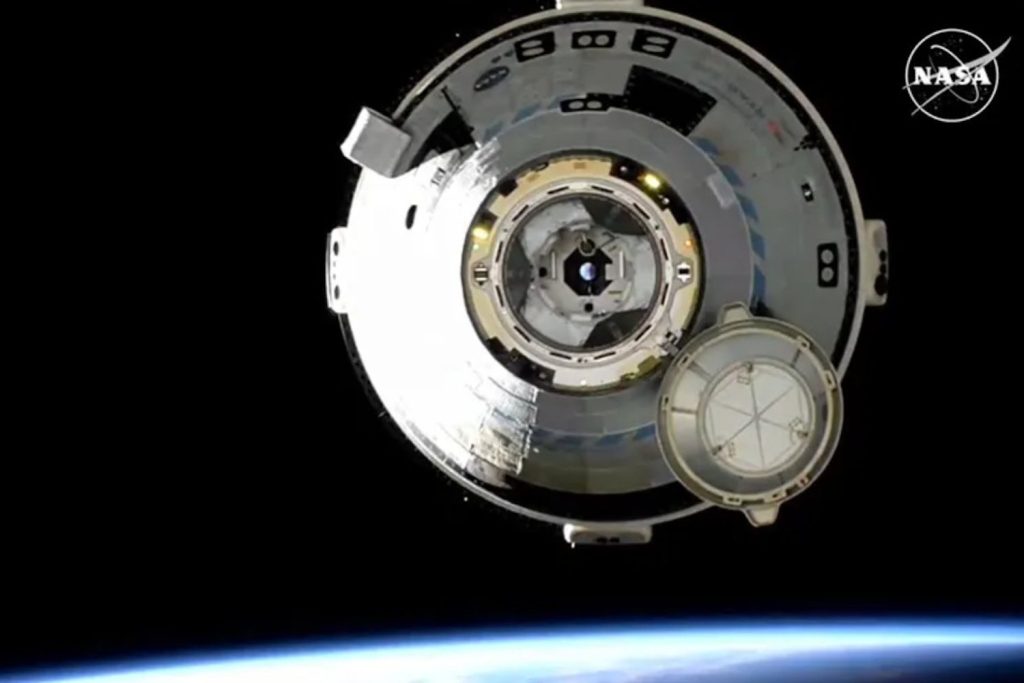Boeing’s Starliner is the little spacecraft that couldn’t, and the company is being forced to pay a hefty price for its delayed program. Following the failed test flight from a few months ago, Boeing is taking another $250 million charge for the commercial crew program, adding up to a total of $1.85 billion that the company has had to spend from its own money to cover Starliner’s cost overruns.
During an earnings call on Wednesday, Boeing’s newly appointed CEO, Kelly Ortberg, revealed a total loss of $6 billion in the third quarter, including an additional charge against earnings to pay for its Starliner program, SpacePolicyOnline reported. The latest charge is in addition to $125 million that the company was forced to pay in the third quarter to cover additional costs for its public-private partnership with NASA.
Under its $4.2 billion contract with NASA, Boeing retains full ownership of the Starliner spacecraft. NASA, acting as a customer, purchases round-trip missions to transport crew and cargo to the International Space Station (ISS). So far, in case you haven’t been following, it’s been a total shit show.
Boeing’s CST-100 Starliner launched to the ISS on June 5, carrying NASA astronauts Butch Wilmore and Sunni Williams for the spacecraft’s first crewed test flight. The spacecraft remained docked to the space station for three months as teams on the ground debated whether to return the crew on board Starliner.
During its trip to the ISS, five of the spacecraft’s thrusters failed and the spacecraft developed five helium leaks, one of which was identified prior to liftoff. Mission teams ran tests on the ground in the attempt to identify the main issue behind the thruster glitch before ultimately deciding to return an uncrewed Starliner and bring back its crew on board SpaceX’s Dragon spacecraft.
The spacecraft undocked from the ISS on September 6, leaving the two astronauts behind. Wilmore and Williams, along with SpaceX’s Crew-9, will return to Earth in February 2025, having spent eight months on board the ISS as opposed to the original plan of a week-long mission in orbit.
It’s not the outcome Boeing was hoping for. The failed test flight led NASA to delay Starliner’s next chance to launch to the ISS and instead book SpaceX’s crew capsule for two missions in 2025. NASA had hoped that Starliner would launch its first operational mission by early next year but it was forced to rely on its more trusted commercial partner, SpaceX.
Starliner’s fate remains unclear, with Boeing having to decide whether to bite the bullet and call off the program altogether or to keep taking these financial hits. “We’re better off doing less and doing it better, than doing more and not doing it well,” Ortberg said during the earnings call, according to Payload. “Clearly, our core of commercial airplanes and defense systems are going to stay with the Boeing company for the long run, but there’s probably some things on the fringe there that we can be more efficient with, or that just distract us from our main goal here.” Boeing, it would seem, will have to do some soul-searching about whether it wants to stick with its space programs.
In 2014, NASA awarded Boeing and SpaceX contracts as part of the space agency’s Commercial Crew Program to develop spacecraft capable of carrying crew and cargo to the ISS. At the time, Boeing was a well-known force in the industry while SpaceX was a relative newcomer with a lot to prove. Over the past four years, however, SpaceX exceeded in its assignment, launching nine crews to the space station, while Boeing is still struggling to get certified for its first mission.
Boeing’s CST-100 Starliner, first dreamed up in 2010 and inspired by the company’s long history with spacecraft like Apollo, has hit plenty of turbulence—racking up cost overruns, delays, and technical issues. It might be time for Boeing to cut its losses and leave space behind, but the company doesn’t seem to want to give up on its troubled spacecraft just yet.

